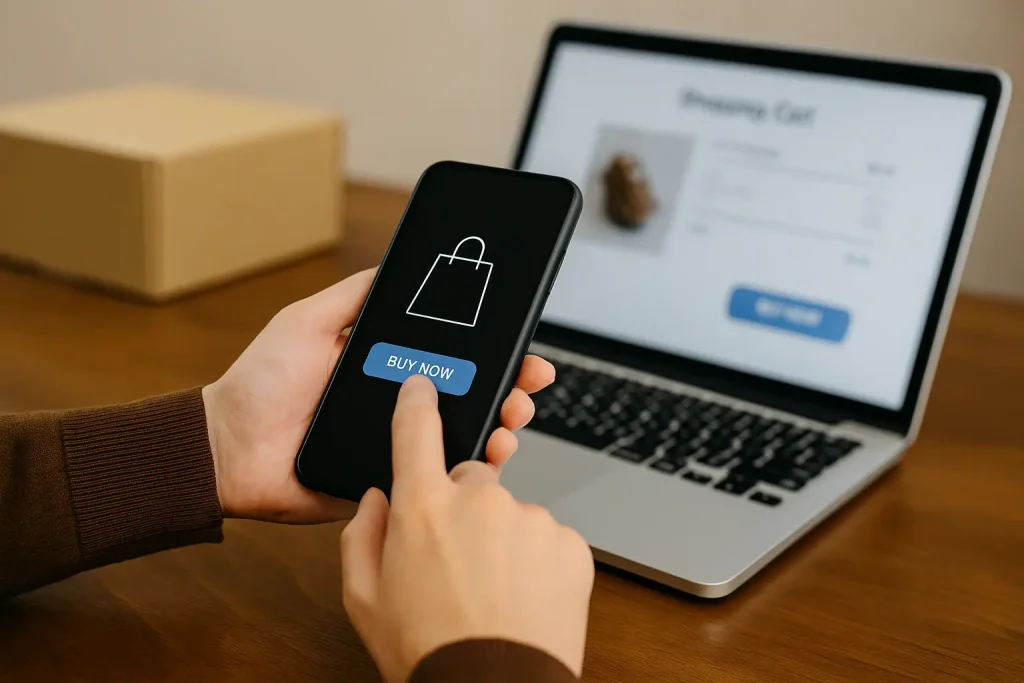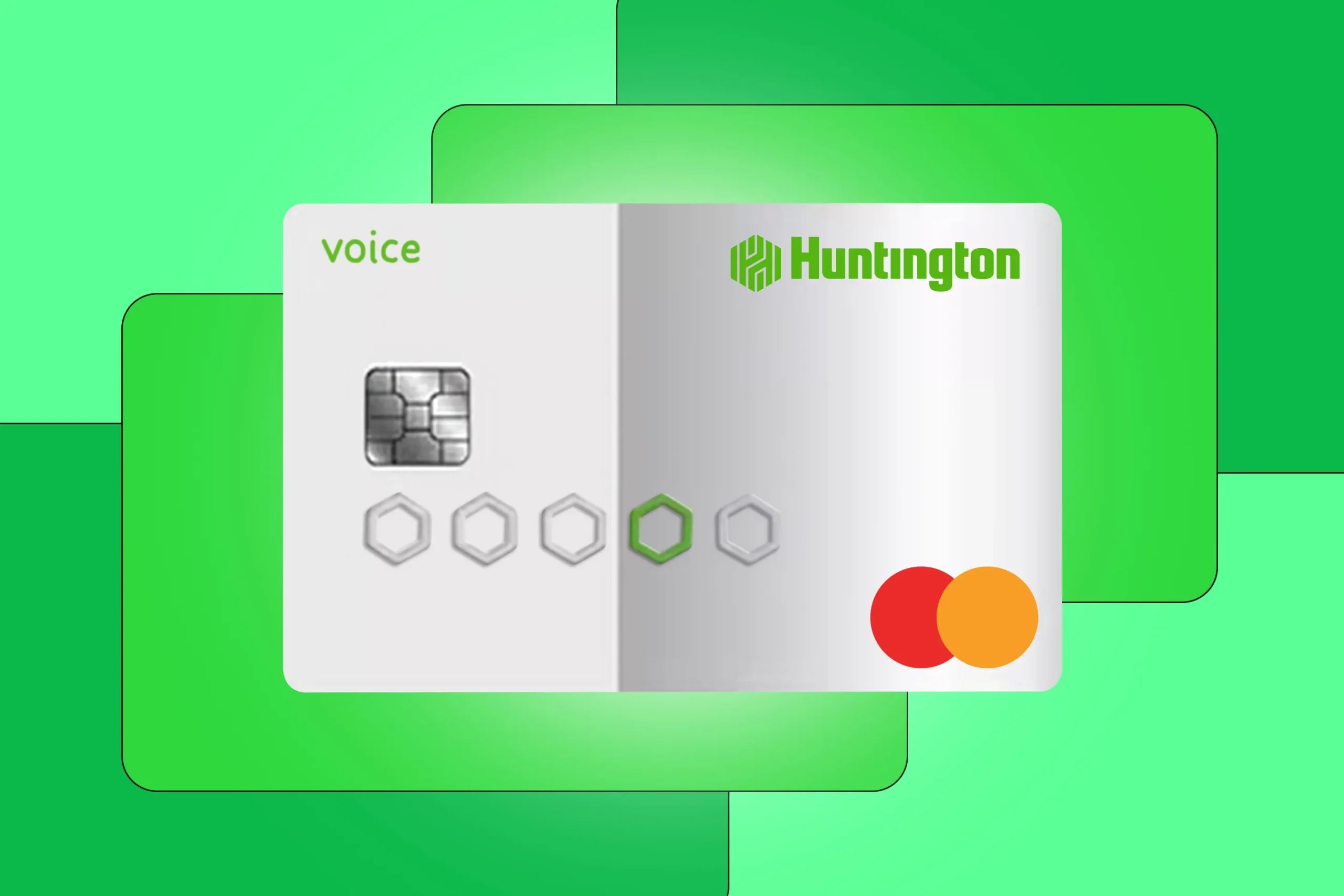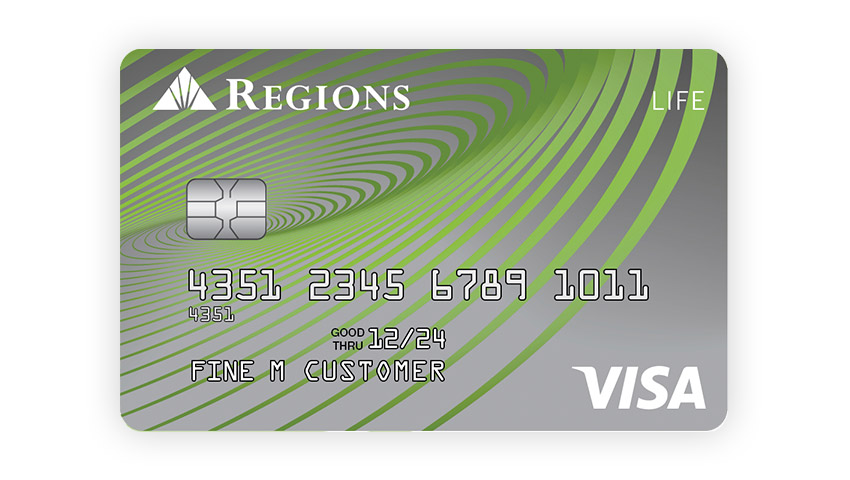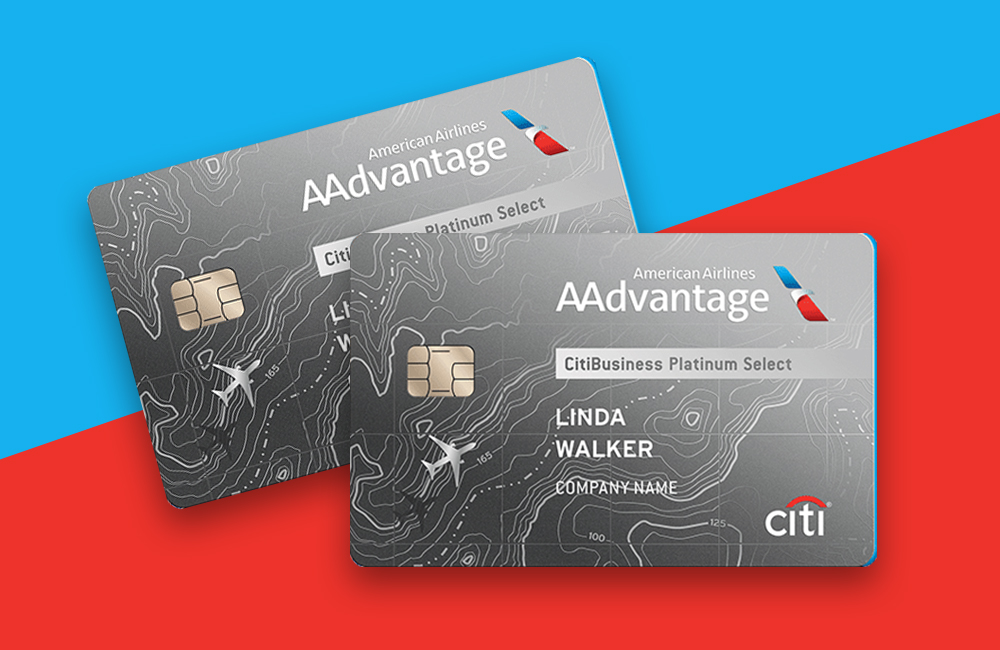The rapid growth of Buy Now Pay Later (BNPL) services in the US has transformed the way consumers shop online. By splitting payments into small, interest-free installments, these platforms attract users who want flexibility and convenience. For many, BNPL represents an opportunity to purchase items that might otherwise be postponed, whether for clothing, electronics, or even everyday expenses.
The popularity of Buy Now Pay Later reflects broader changes in consumer behavior and digital finance. With rising inflation and tighter household budgets, spreading costs over time feels like an accessible solution. Yet, as adoption increases, so do cases of late payments, multiple simultaneous plans, and financial stress.
Page Contents
ToggleHow Buy Now, Pay Later works

The concept is simple. Shoppers select BNPL as a payment option at checkout, typically dividing the purchase into four equal installments. The first payment is due immediately, while the others are automatically deducted over subsequent weeks. Most providers advertise the service as interest-free, but penalties for missed payments can be steep. In some cases, repeated delays may even be reported to credit bureaus, affecting long-term credit health.
Beyond penalties, the structure of Buy Now Pay Later encourages impulsive purchases. Because payments appear small and manageable, many consumers underestimate the cumulative effect of multiple installments. This psychological factor is key to BNPL’s appeal—and its risk. What seems affordable at first may lead to overlapping debts that strain budgets, particularly when combined with other financial commitments.
Pros and cons of Buy Now, Pay Later
Before relying on BNPL, consumers should weigh its advantages against the potential downsides. While it provides immediate access and flexible payments, it also requires discipline to avoid falling into debt. The table below highlights the main points:
| Pros | Cons |
|---|---|
| Quick approval with no hard credit check | Missed payments may lead to high fees |
| Flexible installment options for budgeting | Can encourage impulsive spending habits |
| Useful for short-term financial relief | Multiple plans can overwhelm monthly budgets |
| Accessible even to those with limited credit | May negatively impact credit if mismanaged |
Everyday uses and risks
BNPL has become popular not only for large purchases but also for smaller, everyday expenses. Consumers increasingly use it for groceries, household goods, and personal care products. While this demonstrates its flexibility, it also reveals the danger of normalizing debt for daily living costs. By treating installments as routine, households may lose track of obligations, leading to financial strain. Some of the most common applications of Buy Now Pay Later include:
- Purchasing electronics such as smartphones and laptops
- Covering fashion and clothing expenses across seasons
- Paying for travel, flights, or accommodations
- Managing routine expenses like groceries and utilities
Although these uses can provide temporary relief, they highlight the thin line between convenience and dependency. Without careful tracking, what begins as financial support can escalate into a cycle of debt that undermines long-term security.
Strategies to manage BNPL responsibly
To maximize benefits and minimize risks, consumers should set clear limits when using BNPL. Tracking all installment plans, linking them to monthly budgets, and avoiding overlapping purchases are essential practices. Choosing BNPL only for planned expenses rather than impulsive buys reduces the likelihood of accumulating unsustainable debt. In addition, monitoring credit reports and seeking financial advice when necessary can strengthen long-term stability.
Is Buy Now, Pay Later worth it?
The rise of Buy Now Pay Later services demonstrates how digital finance is reshaping consumer behavior in the US. For many, it provides short-term flexibility and access, but without discipline, it can also open the door to excessive debt. The balance lies in using BNPL strategically—as a tool for convenience rather than as a substitute for financial planning.
Ultimately, BNPL is neither inherently good nor bad; its impact depends on how it is managed. For Americans committed to maintaining healthy budgets, it can be a valuable complement. But for those who use it without awareness, the risks outweigh the rewards.




